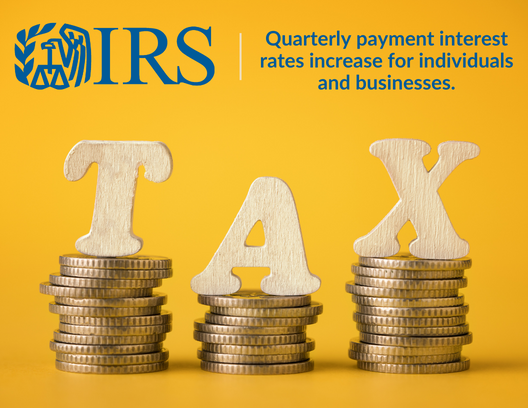Important Tax Deadlines
Estimated Quarterly Tax Payments
For income you earned June 1 – August 31, 2022, your tax payment deadline is September 15, 2022.
For income you earn September 1 – December 31, 2022, your tax payment deadline is January 17, 2023.
Individual Income Tax Returns on Extension
Those taxpayers who received an extension of time to file their 2021 individual income tax returns have until October 17, 2022, to file their returns and pay.
For guidance on how this may affect your situation, reach out to one of our tax advisors at CironeFriedberg. You can reach us by phone at (203) 798-2721 (Bethel), (203) 366-5876 (Shelton), or (203) 359-1100 (Stamford) or email us at info@cironefriedberg.com.









